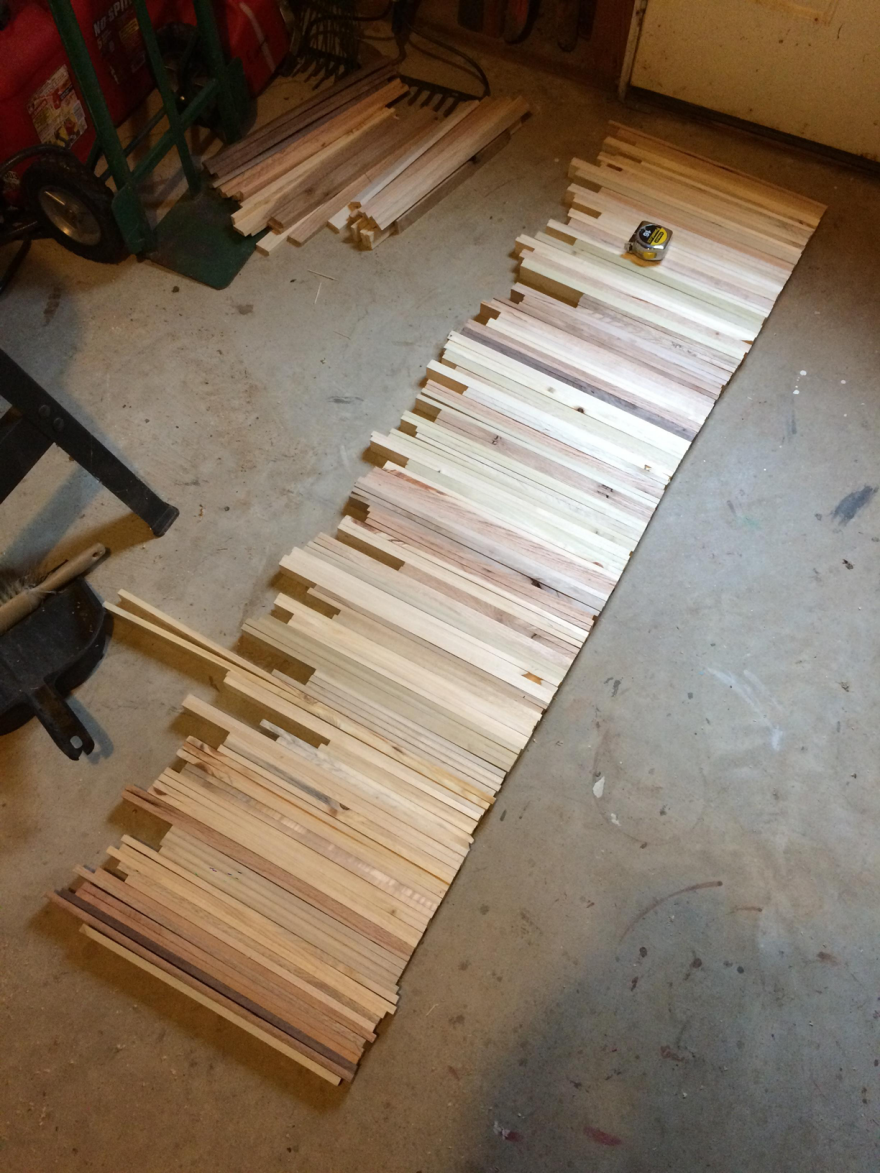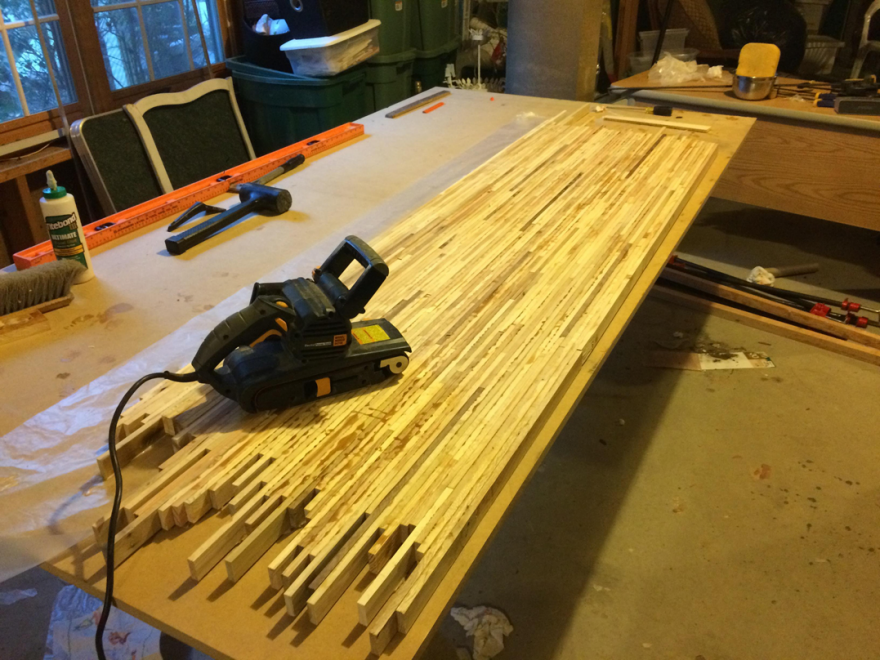Images Courtesy of The Moment Case. Story by Erik Hedberg.
If you asked Erik to describe himself, designer would come after "snow surfer." A native of the Pacific Northwest, his two biggest fears as a designer are being chained to a desk and creating products that fail. Neither of which has yet to happen.
As a young designer, Erik is part of the team that recently launched the wildly successful Moment Case, a phone case that enhances the photo-taking experience on an iPhone 6 by incorporating a shutter button, lens and strap attachment. At press time, the Moment Case has more than quintupled its fundraising goal. With nine days left, we've asked Erik to share how his team was able to produce game changing work on a startup budget.
It Starts In the Mountains
Our customer breakthroughs rarely happen in the office, especially not from 9-5. They don't come from hiring researchers, and they definitely haven't appeared from a product PRD. Instead, our process starts where people take the best pictures: Outside.
Because you can't stage good photography, we spend a lot of time trekking around the Northwest with amazing mobile photographers and observing everything they do. We take visual notes and ask a lot of questions about the tools they use, the process they follow, and the emotions they experience. Call us nerds, but we love diving headfirst into this stuff.
We then compliment this research with our own experiences. At Moment, we are all passionate about mobile photography. We have some incredible photographers on the team who are always inspiring the rest of us to get better. But more importantly we go outside and use the products together. It opens our eyes to the diversity of picture takers on the team, discovering subtle problems that we would have missed just sitting at our desks. I'm a big believer that you have to go live it and put the products through their paces to really understand the core problems that need solving.
With this project we stumbled on a few insights we never would have prioritized without doing this work:
• Speed is all that matters with mobile. Despite people's ability level, taking a great picture quickly was more important than anything else.
• People get tired of digging into their pocket to find their phone. We found this action loses the nostalgia of taking pictures.
• Without adventure, most people don't have the creative ability to take great pictures. Every time the scenery and subject were new, people took better pictures.
We Force Ourselves To Write Stuff Down
I'm especially bad at this, but we force the entire team to take time out of their day to move key learnings from sloppy notebook scribbles to a visual customer journey. Using 4x8 foam core and sticky notes, we list out the key problems we want to solve and then list all the ways we could potentially solve them.
Over the last year in working on Moment we have developed a large mobile photography journey from how people travel to how they share and re-live their best shots. We don't know if it's entirely accurate, but we do know an insane amount about all the little idiosyncrasies of mobile photography.
From here, deciding which of these problems we solve first is by far the hardest part. Many of the ideas we generate out of this exercise could never be executed by our small team of 8, but we keep them up there anyway because we have to continue to dream big. There were a lot of areas we looked into, but over the last five months we've said the Moment Case has to do three things really, really well.
1. Capture clean photos as fast as possible.
2. Be accessible.
3. Always work.
I wish I could say we were smart enough to create this process on our own, but we owe a lot of credit where credit is due. It took a good friend of ours, Steve McCallion, to start punching holes in our early concepts to realize that documenting, mapping the customer journey, and filtering ideas are critical to success.
Finding Our Metaphor
We also like to use metaphors in our work. We've never designed a phone case before. When we started looking into doing one, we realized that people take tons of pictures with their phones, but they don't think of them as cameras—they think of them as phones. We love the vintage quality and novelty of traditional cameras, and wanted to pay homage to that. We wanted to recreate that pride people take in wearing a beautiful Leica around their neck. So we set out to make a case that turns your phone into a camera.
Sketch -> Prototype -> Break -> Repeat
The design process is a beautiful thing because it's never the same for every project. It's actually quite similar to riding down a mountain or surfing a wave. You start out knowing what you want to do, but once you get riding you might hit a bump, you might suddenly change direction, or you might even make the best turn of your life and become enlightened for a small second. You also eat shit sometimes. When that happens you have to learn from it, get back up and try again.
Our process can be all over the place, but three things always remain constant: sketching, prototyping and field testing. Our main goal is to solve a problem, or a series of problems, and these are the ways we go about doing it. With the case, we started out field testing, learned which problems needed to be solved, sketched some ideas, prototyped them, field tested them, repeat. Ideally this cycle is pretty fast so you can keep iterating as much as possible to learn what doesn't work and what should stick around.
This project was our first Moment System (Lens, Case, and App) so we also had to add hardware and software engineering to the prototyping mix. No matter how rough and primitive they are, having functional prototypes is huge for being able to iterate early on the whole user experience, not just the shape and form.
Crafting The Form
There's something about making things with your hands that you don't get from doing CAD. Cutting and sanding are good for the soul. You make it, hold it and it doesn't quite feel right, so you just sand it a little more and it's perfect. That stuff is magical. At the same time, the things we can do with modern tools like laser cutters and 3D printers help us a ton during the prototyping phase. Having that precision to simulate small features and details is clutch.
With the Moment Case, we did a lot of iteration on the overall volume and ergonomics. We knew we had to keep it as thin as possible so people would actually use it as their every day case. But at the same time we needed some volume to accommodate the electronics stackup. We worked to shave that size down and add the volume in a place where we could create a camera style grip. From there we prototyped dozens of different shapes and forms for the grip using a combination of wood, foam, 3d prints and sharpies. We took them on adventures, carried them in our pockets, and got people with big hands and small hands to test them and give feedback. Sometimes this process can take a while, but it's worth it to get that feel right so people love using it.
The Struggle
Anytime you combine hardware and software, you're going to run into some issues. We've spent the last six months working on the Moment Case and not everything has worked.
One of the toughest problems to solve was the lens detection. We prototyped 4 or 5 different electronics sensors and struggled the entire time. Between magnetic fields, metal compositions, and tolerance issues, that was by far one of our biggest challenges yet. When these issues arise, it can bring the team down, which is never good.
We got into some heated discussions along the way about how to solve this problem. In the end, you have to try to keep everyone's confidence up and keep the train rolling, even if things aren't going according to plan.
Good news is the current prototypes can detect that a lens is attached. Bad news is we're still iterating on how to know which lens is attached 100% of the time.
What Didn't Make It
Saying no to things is a lot easier when you don't have the big team and resources to execute. By only having 8 people and a minimal bank account there are a lot of trade off decisions that came naturally to us during the creation process.
Minimal Color Options
Inspired by custom cameras of the past and all the amazing work Kodak did back in the day, We saw an opportunity to make this product personal. By offering a bunch of curated color and material combinations, we could create different personalities for each case and allow people to express their personal taste by using it. But as a startup, a large SKU number can kill you. It bleeds cash, requires more tooling, and forces us to make production volume decisions we have no data for. So in the end, we had to make the hard decision to keep the options minimal. This isn't to say we can't expand on that and do some cool collaborations, but we won't get into that.
We're starting with two primary colors (black with white and black on black) and one Kickstarter exclusive (black on black with walnut grip).
No Tripod Mount
With traditional cameras, you always have a tripod mount. Since we wanted this case to turn your phone into a better camera, we definitely looked at how the Moment Case could use the industry standard connector; a 1/4-20" screw.
After several iterations we kept hearing customer feedback that size was critical if this was going to be an everyday case. And no matter what we did, the 1/4-20" made the case bulky.
The Mountain Still To Climb
The Moment Case isn't done. We have three beautiful, fully functional prototypes, and thousands of amazing Kickstarter backers expecting us to deliver in June.
The manufacturing gauntlet is the hardest part of the journey and although we feel experienced there, we know that small mistakes can destroy everything we have worked so hard to create. This challenge is what pushes us as a team.
We have an amazing community on Kickstarter trusting us to deliver, and we will do everything in our power to do it well. We owe it to them for helping us make our dreams a reality. We're not scared of the long nights, bad seafood, and sleep deprivation. We're not afraid of the countless hours spent tweaking details, finessing packaging and working with vendors. We're not scared that we're a small hardware company in a software town.
This stuff is a grind, but when it all comes together in the end, it's fun. When your product shows up on people's doors and it makes their world a better place because they're stoked on it— that's an amazing feeling. That's why we do this.
The Moment Case is available for pre-order on Kickstarter starting at $49.
![]()






































































































































